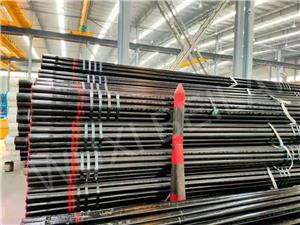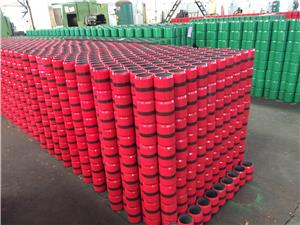Seamless Steel Pipe System Failure: An Essential Guide to Emergency Response and Repair
During the operation of seamless steel pipe systems, sudden failure or damage is an inevitable challenge. To minimize downtime and losses, it is critical to establish efficient emergency response and repair procedures. This article will delve into emergency response and repair strategies when seamless steel pipe systems fail or are damaged, aiming to provide essential guidance for engineers and operation and maintenance personnel.
1. Fault diagnosis and rapid response:
1.1 Implement real-time monitoring system:
In order to quickly capture abnormal conditions in the pipeline system, a real-time monitoring system is established to use sensors and monitoring devices to monitor fluid parameters in real time to detect potential faults early.
1.2 Troubleshooting team:
Establish a professional fault diagnosis team, consisting of engineers, technical experts and maintenance personnel, to ensure that problems can be quickly located and solutions can be formulated when a fault occurs.
2. Emergency maintenance procedures:
2.1 Establish an emergency response plan:
Before the pipeline system is operated, a detailed emergency response plan should be developed to clarify the responsibilities and tasks of each team member to ensure that emergency response can be carried out in an orderly and efficient manner.
2.2 Establish spare parts inventory:
Maintain an inventory of spare parts, including common wearing parts and critical parts, to ensure damaged parts can be quickly replaced and reduce downtime.
3. Temporary fixes and emergency measures:
3.1 Temporary blocking and repair:
Before formal repairs, take temporary sealing measures to prevent fluid leakage and further damage to the system, such as using temporary sealing materials or blocking devices.
3.2 Emergency alternative routes:
Consider temporary alternative paths to ensure the essential functionality of the duct system is maintained, either through duct switching or the use of backup systems.
4. Efficient maintenance process:
4.1 Rapid response supply chain:
Ensure that parts and materials required for repairs can be supplied quickly, establish close cooperative relationships with suppliers, and formulate emergency procurement plans in advance.
4.2 Collaborative work:
The collaborative operation mode is adopted to perform multiple work steps at the same time to speed up the entire maintenance process, ensure close cooperation between various teams, and improve work efficiency.
5. Subsequent lessons learned and improvements:
5.1 Accident investigation and summary:
A detailed accident investigation and summary should be conducted for each failure, the cause of the failure should be analyzed, and potential improvement points should be identified to prevent similar problems from occurring in the future.
5.2 Continuously improve emergency plans:
Based on actual experience, we continuously improve emergency plans, adjust and optimize emergency response strategies to ensure that the system can make the best response when facing unknown situations.




